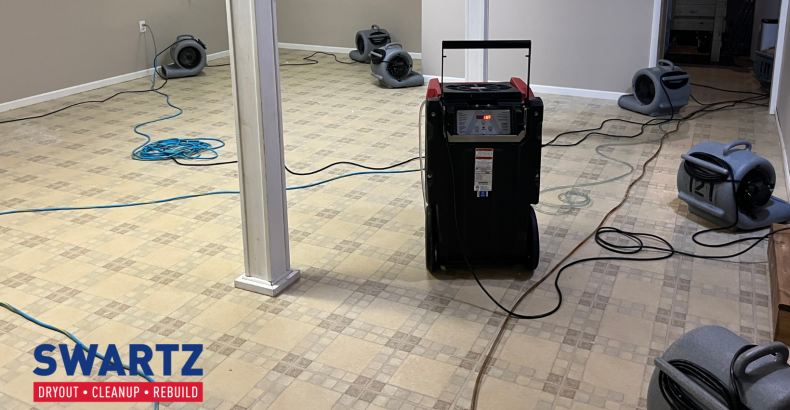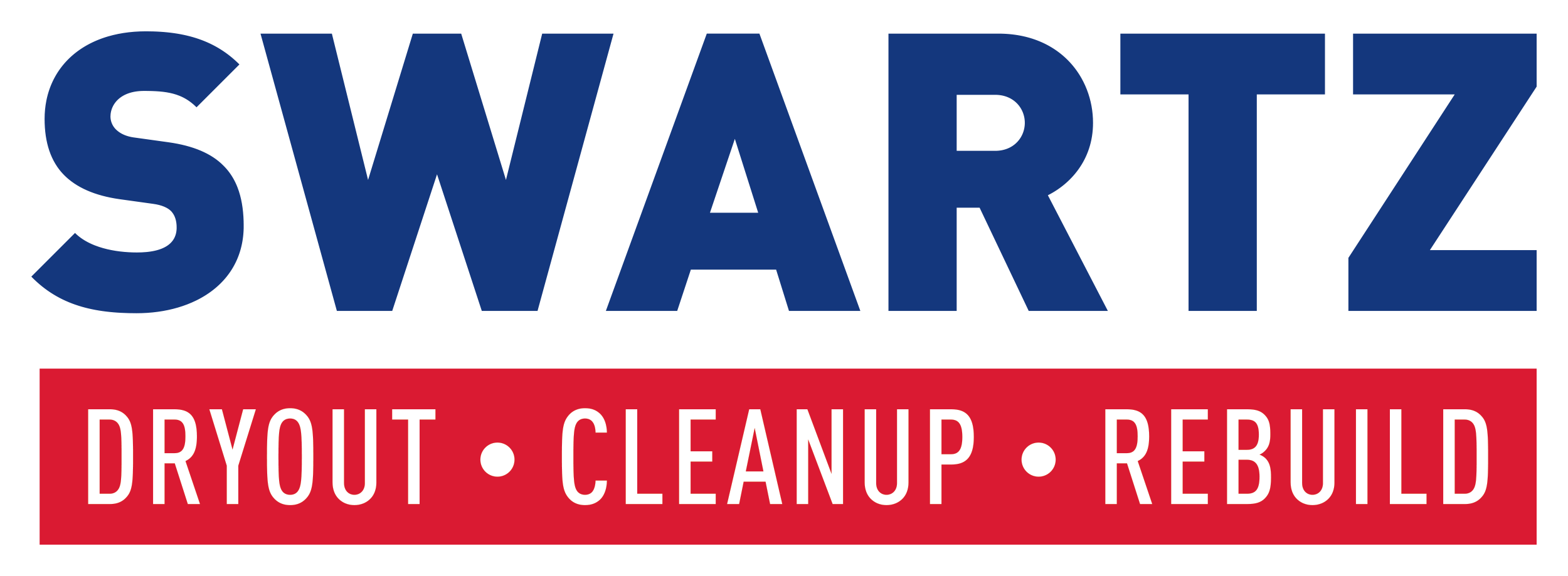
Mastering the Art of Water Damage Restoration
A Comprehensive Guide
Water damage in your home can be a nightmare, but understanding the restoration process can bring you much-needed relief. In this blog post, we will answer four crucial questions related to water damage restoration procedures.
1. How is Standing Water Removed from the Property?
When it comes to removing standing water efficiently, we employ state-of-the-art techniques and equipment. Our skilled technicians use powerful water extractors to swiftly eliminate excess water from your property. These high-capacity machines can handle large volumes of water, ensuring a rapid extraction process. By promptly removing standing water, we minimize the damage and prevent potential complications like mold growth.
2. Detecting and Removing Moisture in Walls and Floors:
Moisture hidden within walls and floors can lead to structural damage and mold growth if left untreated. To address this issue, we utilize advanced moisture meters. These devices allow us to measure the moisture content in the air, walls, and floors accurately. By detecting hidden moisture, we can create a targeted drying plan. We employ a combination of high-speed industrial fans, known as air movers, and dehumidifiers to dry out the affected areas effectively. Air movers facilitate swift evaporation, while dehumidifiers remove moisture from the air, accelerating the drying process. Our technicians continuously monitor moisture levels until the affected areas are thoroughly dry, ensuring a complete restoration.
3. Equipment Used for Drying Out Affected Areas:
Our arsenal of cutting-edge equipment plays a vital role in the restoration process. We deploy high-speed industrial fans, also known as air movers, strategically throughout the affected areas. These fans generate powerful airflow, promoting rapid evaporation of moisture. Additionally, we use dehumidifiers to extract moisture from the air, preventing condensation and further damage. By combining air movers and dehumidifiers, we create an optimal drying environment, expediting the restoration process and preventing secondary issues.
4. Do You Need to Remove Furniture and Belongings from Affected Rooms?
While each situation is unique, our primary goal is to minimize damage to your belongings. In cases of extensive water damage, we may recommend relocating furniture and belongings to a safe, dry area within your property or an off-site storage facility. This precautionary measure safeguards your possessions from further damage and allows us to focus on restoring your home effectively. Our experienced team takes utmost care when handling and relocating your belongings, ensuring their protection throughout the restoration process.
At Swart Restoration, we understand the urgency and stress that water damage brings. Our expert technicians are equipped with the knowledge, skills, and cutting-edge technology to handle any water damage restoration efficiently. If you find yourself facing water damage, don’t hesitate to contact us. We are here to restore your home and peace of mind.
